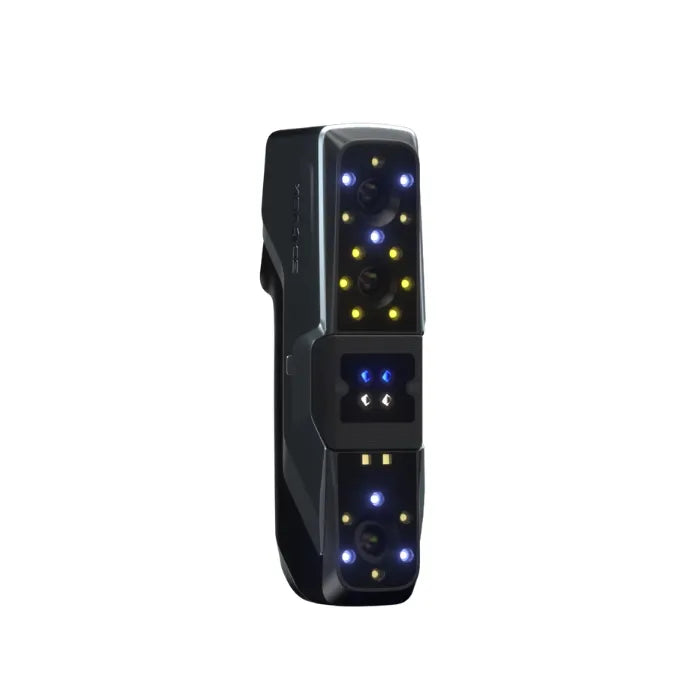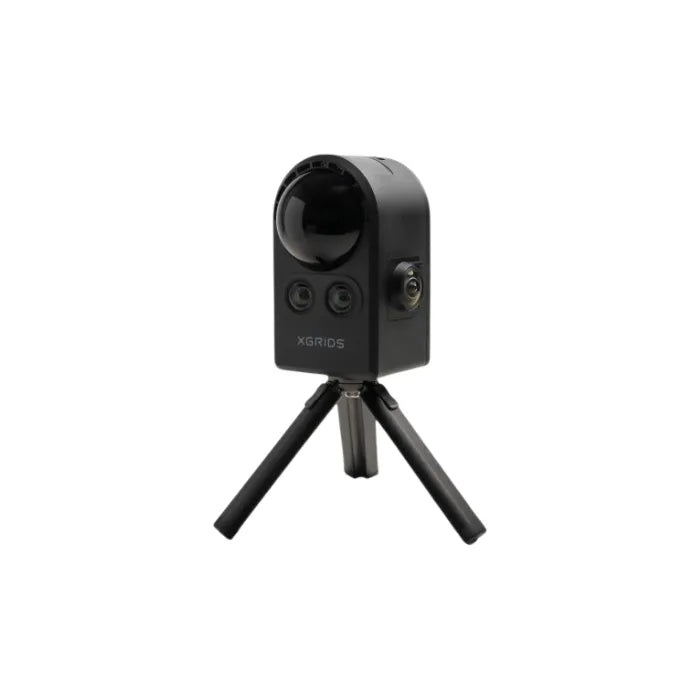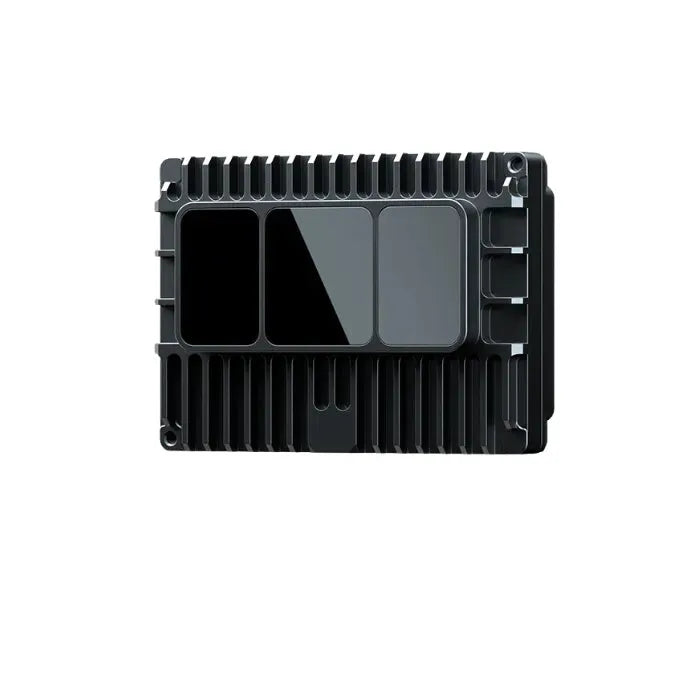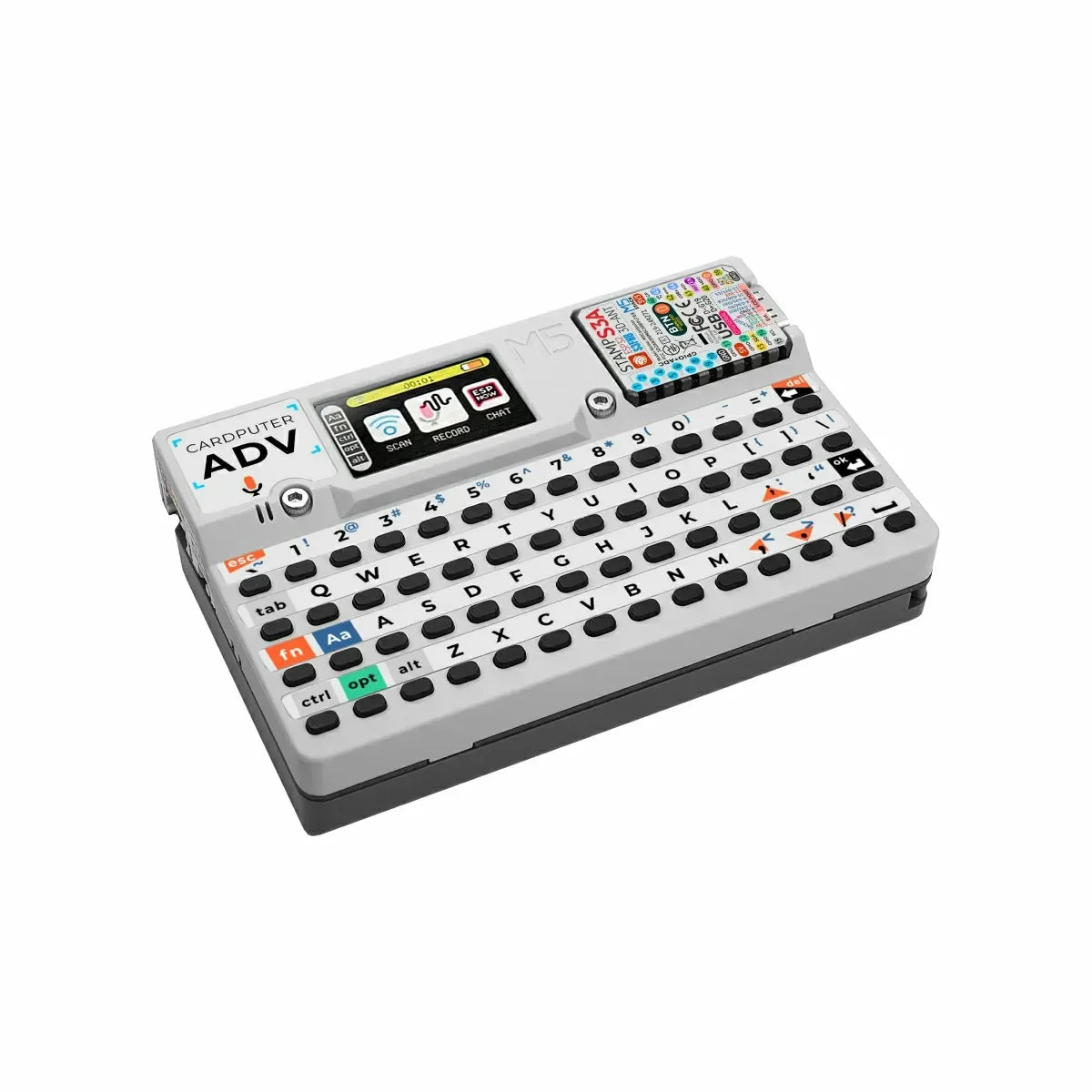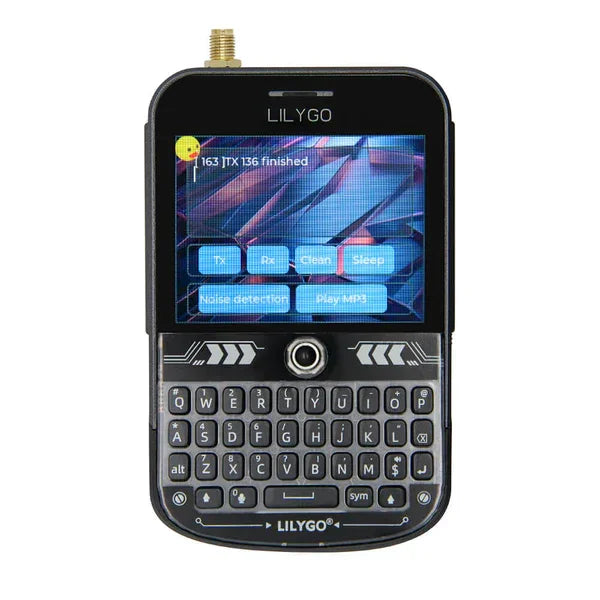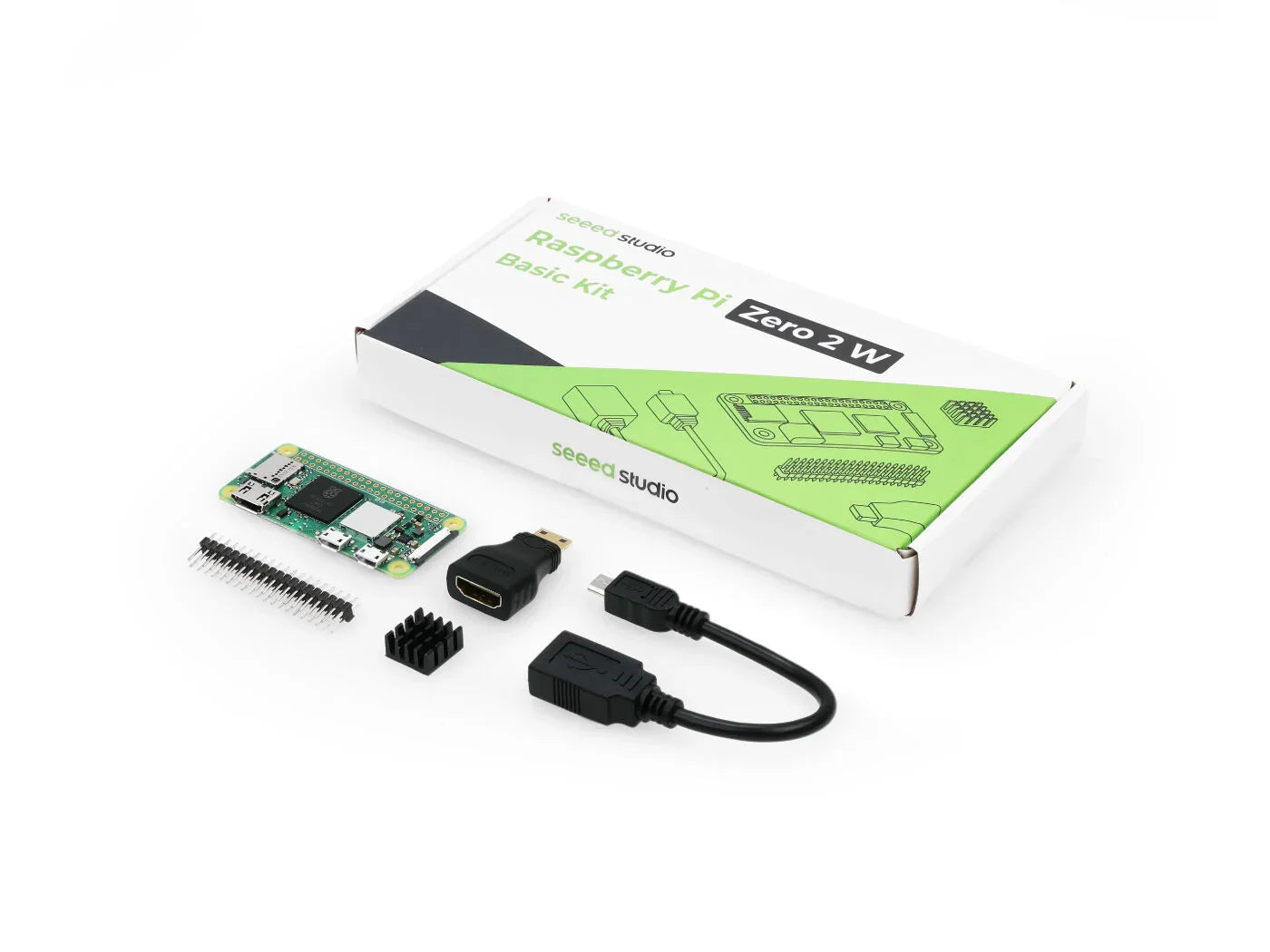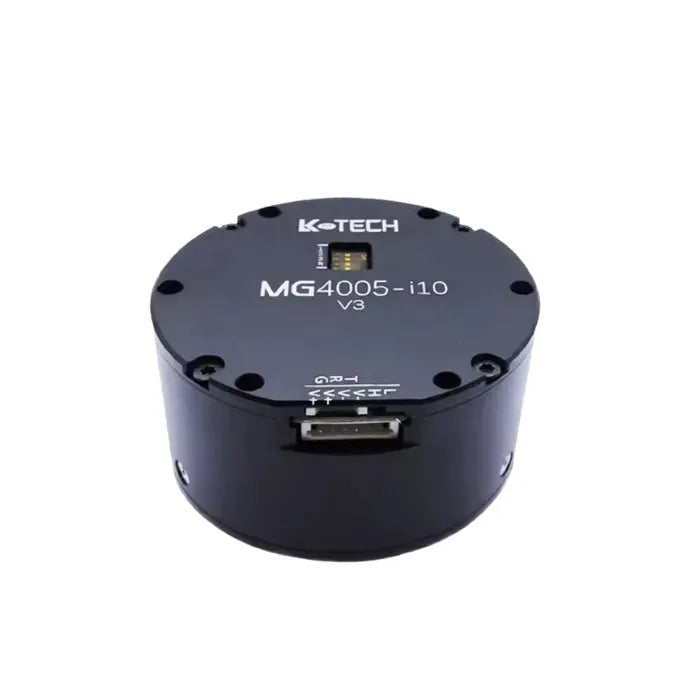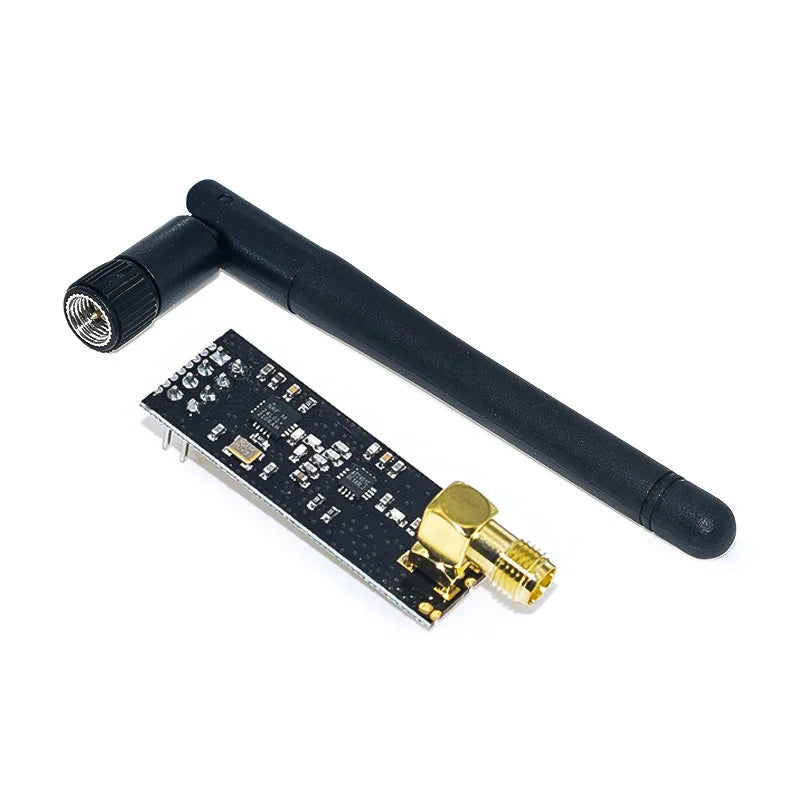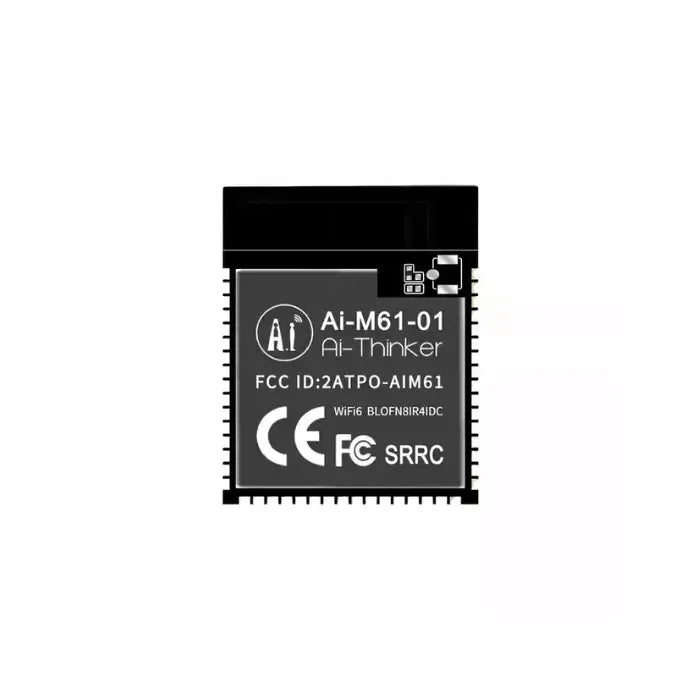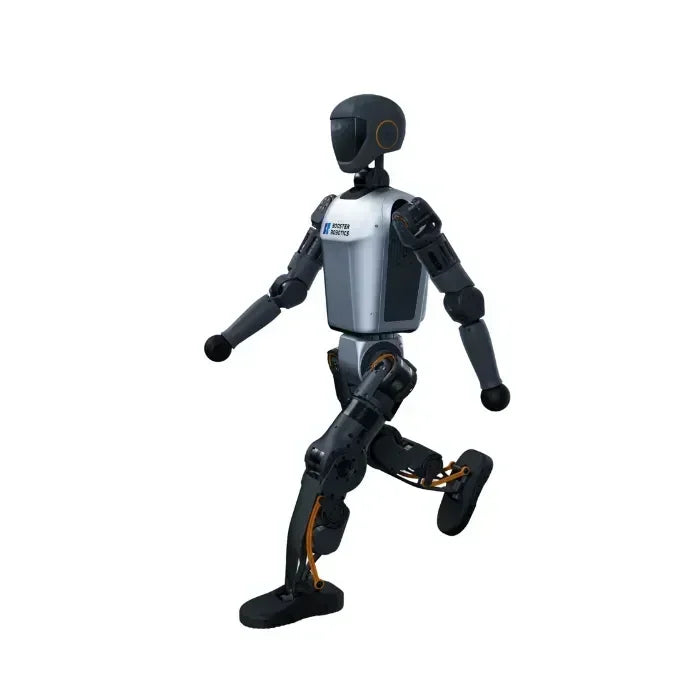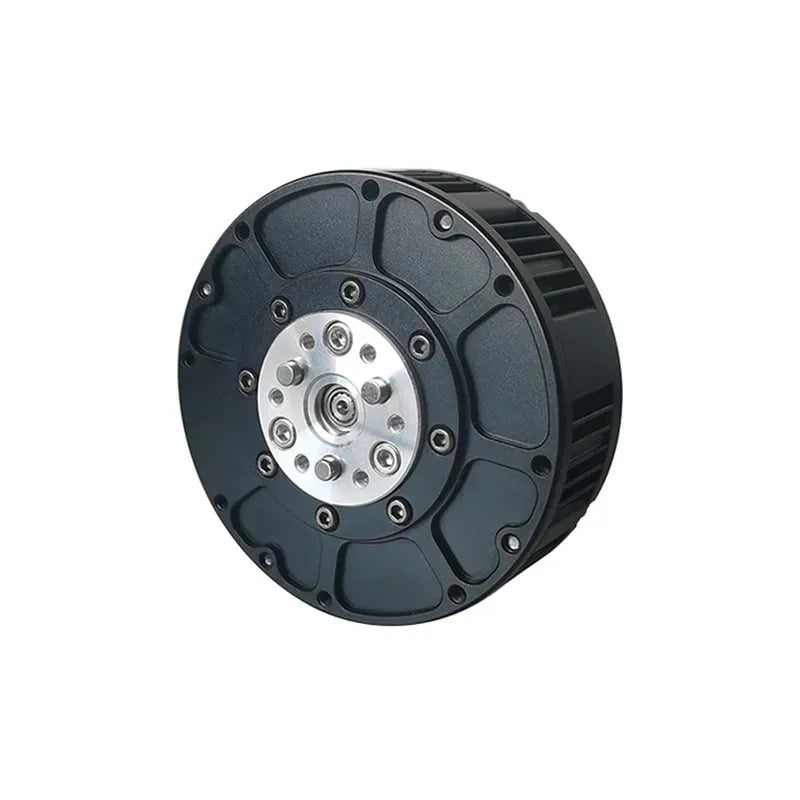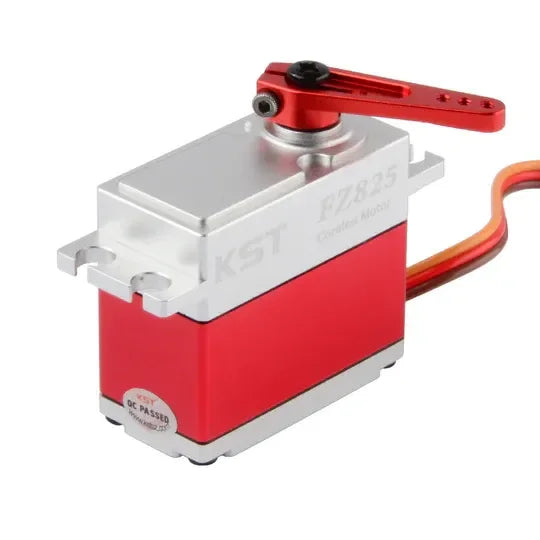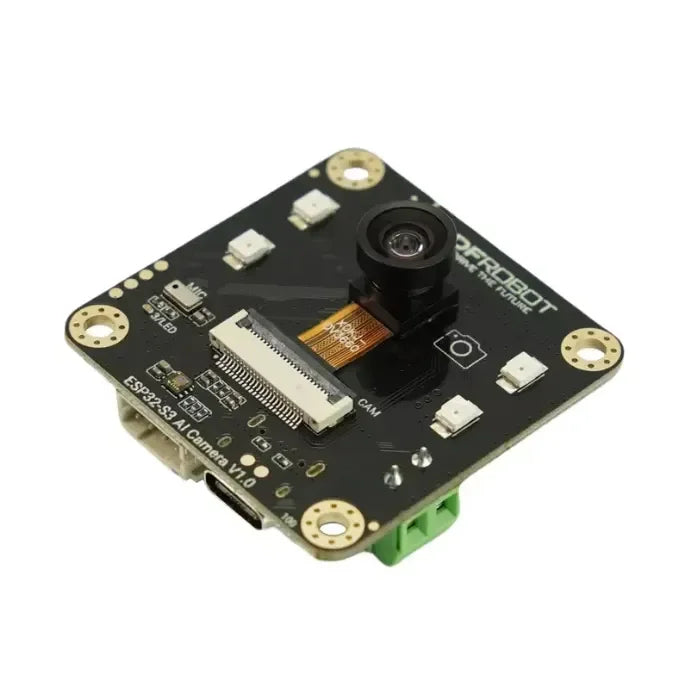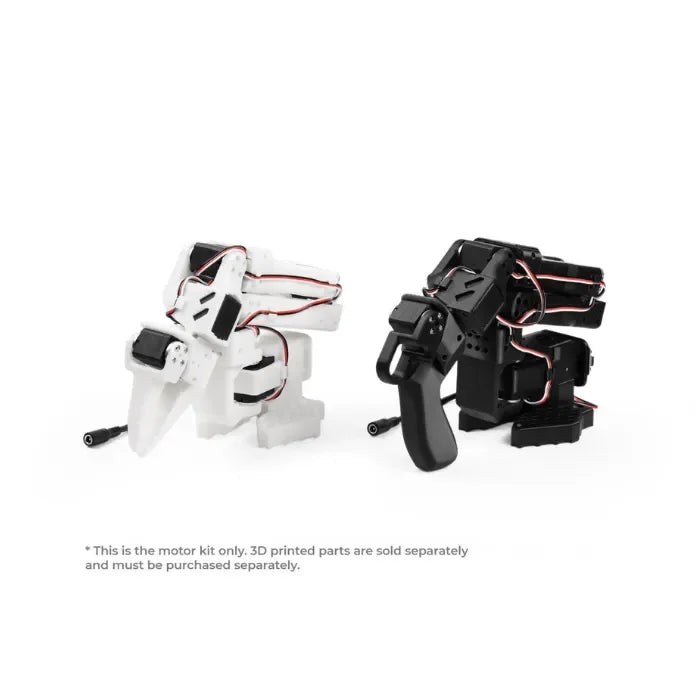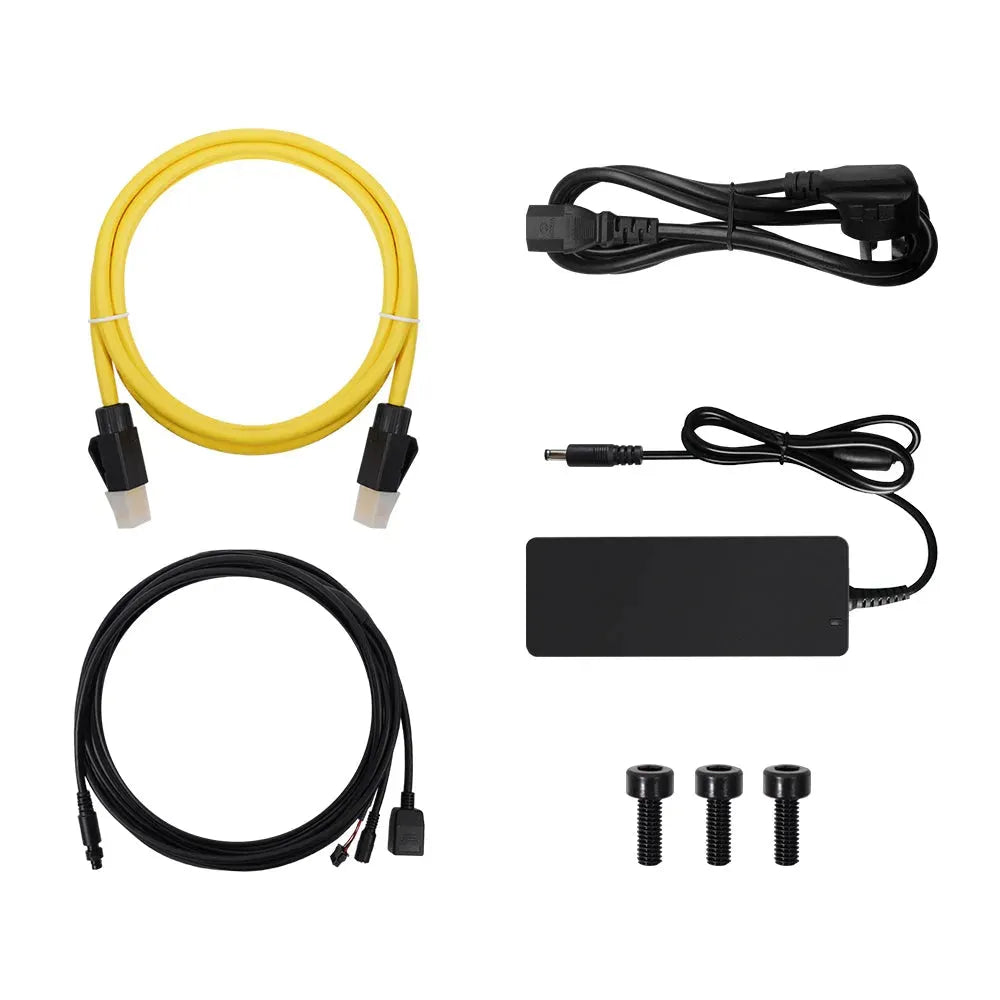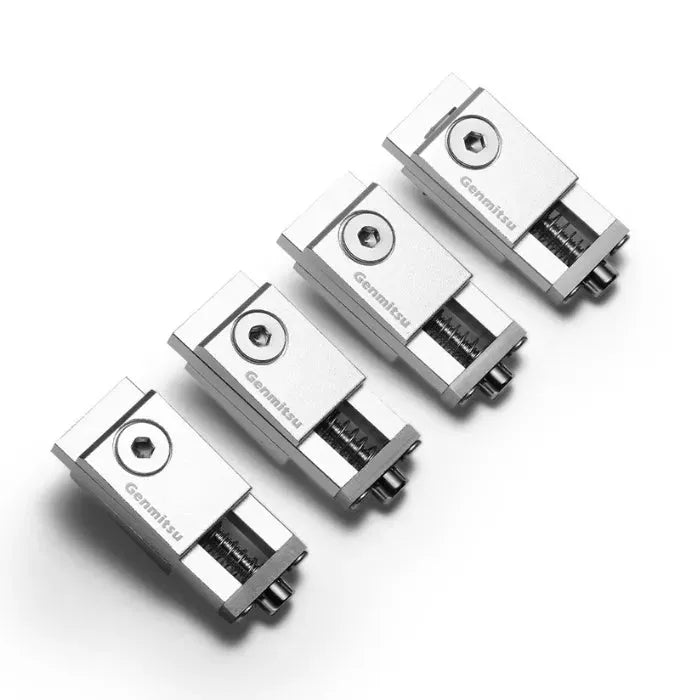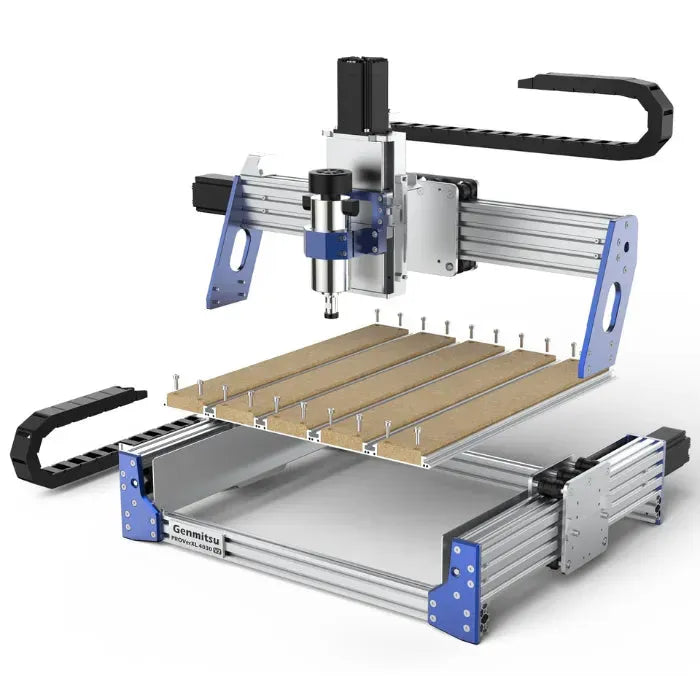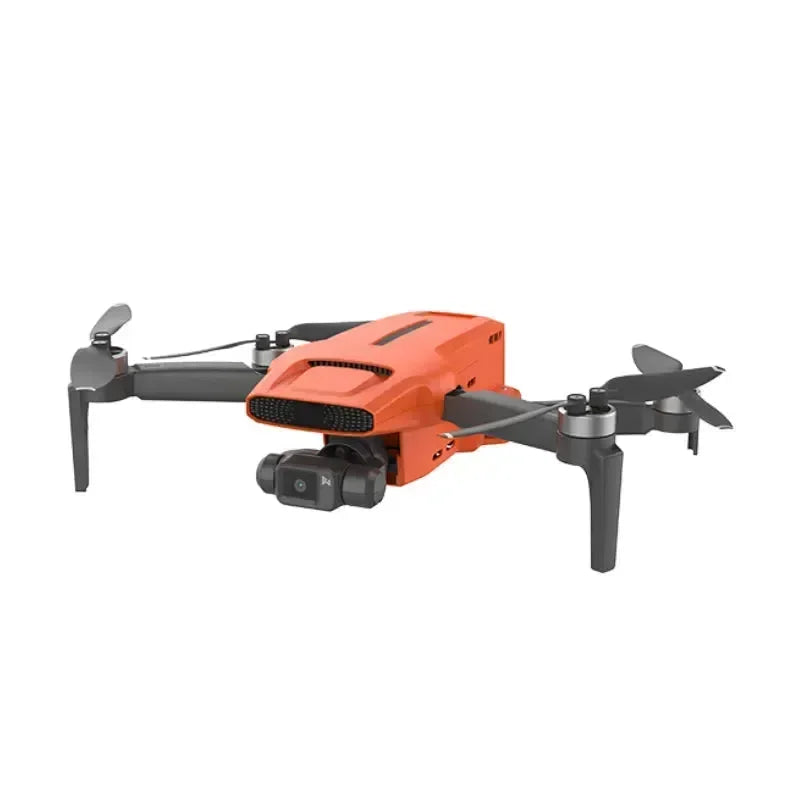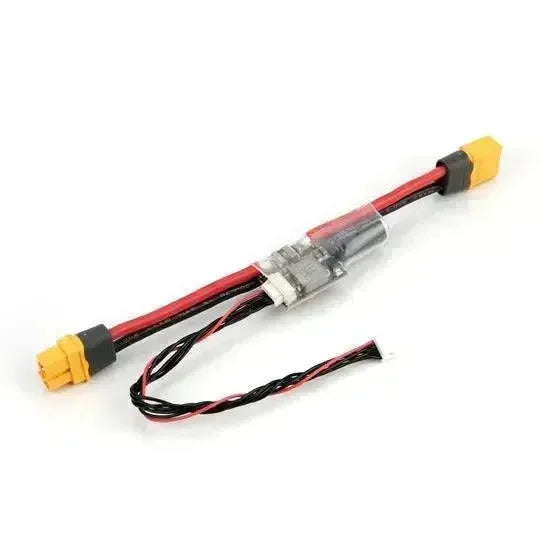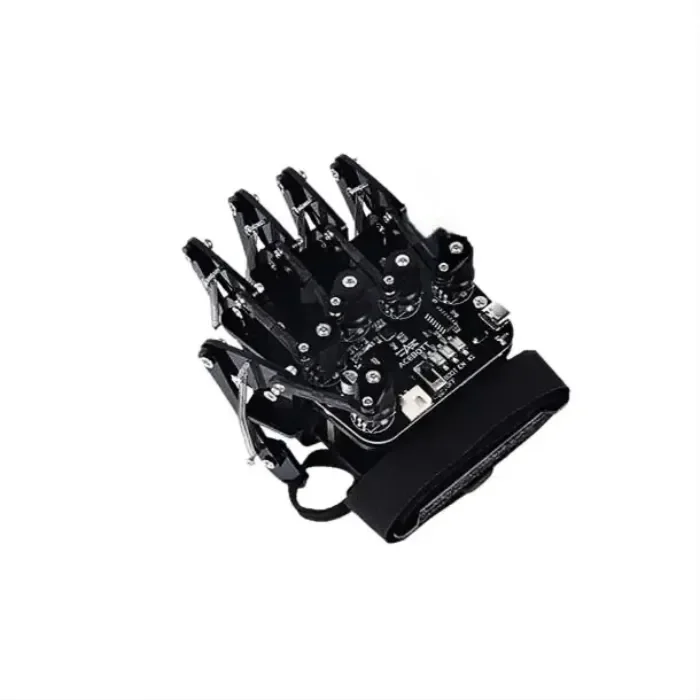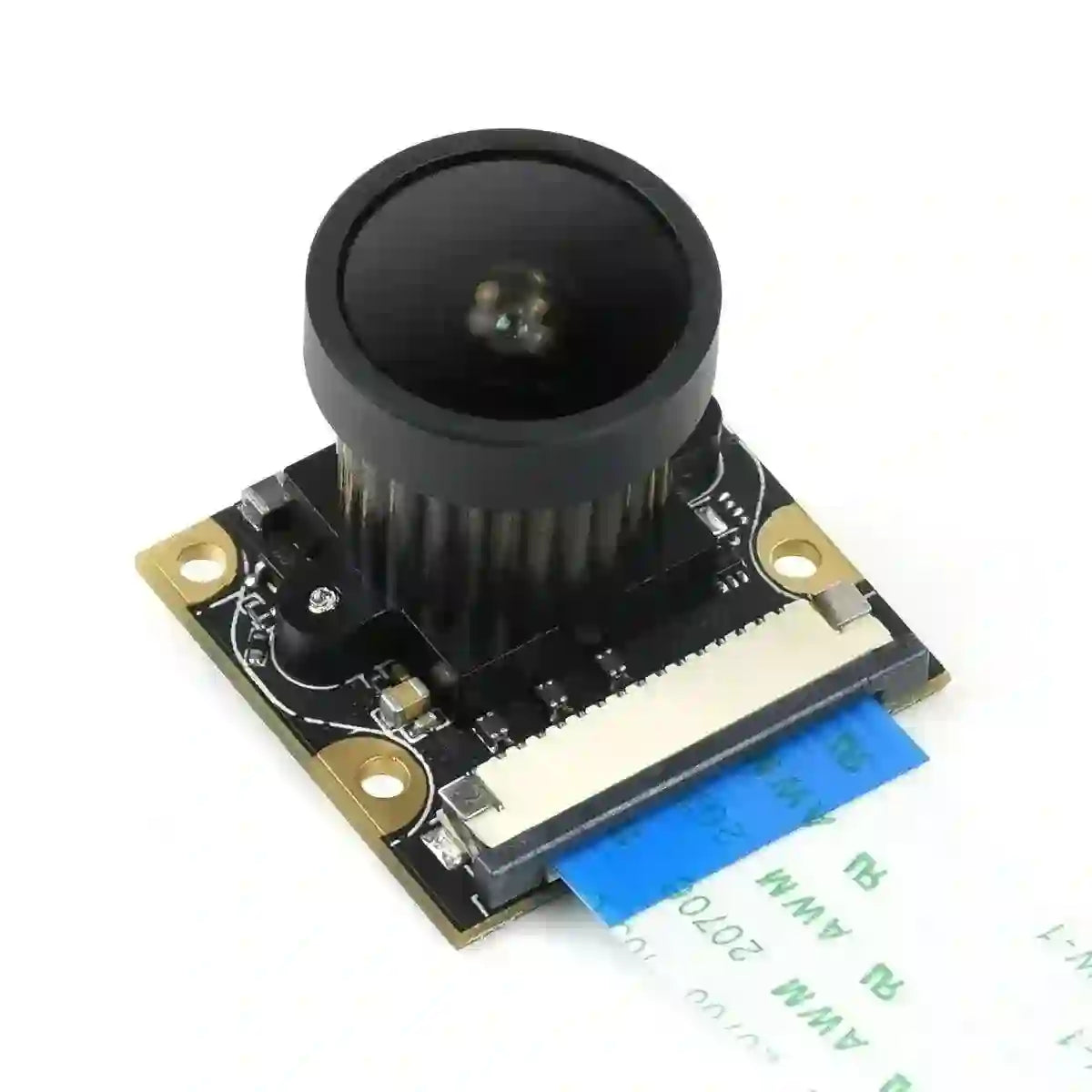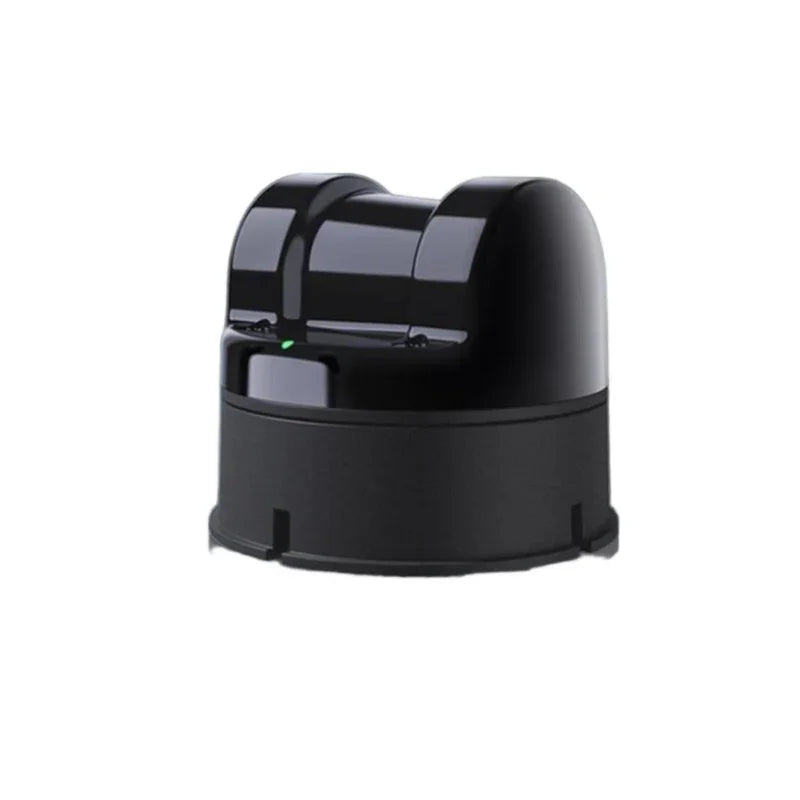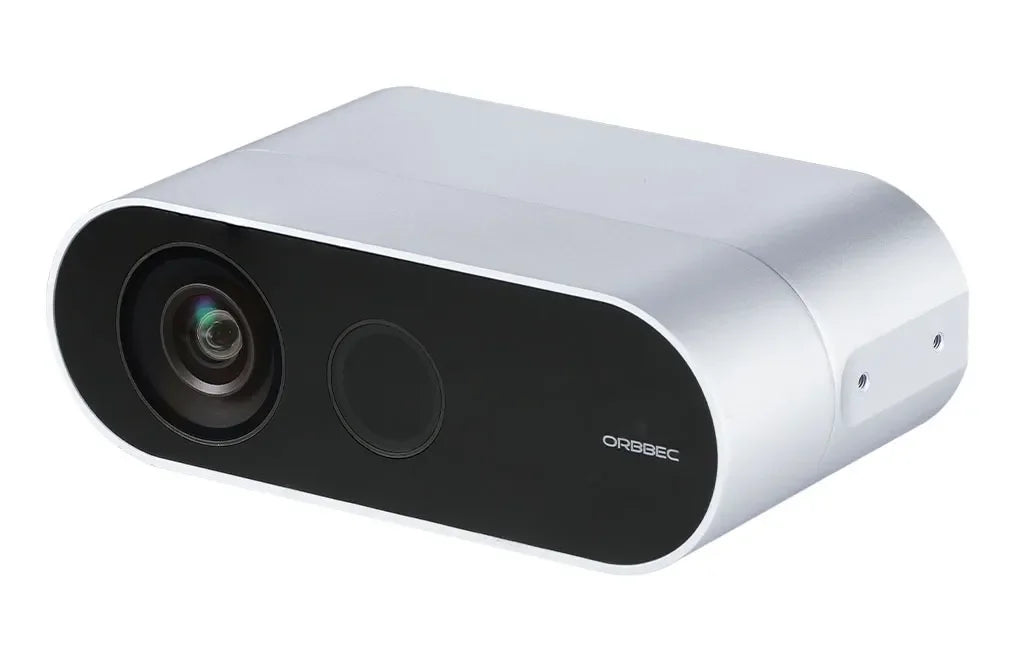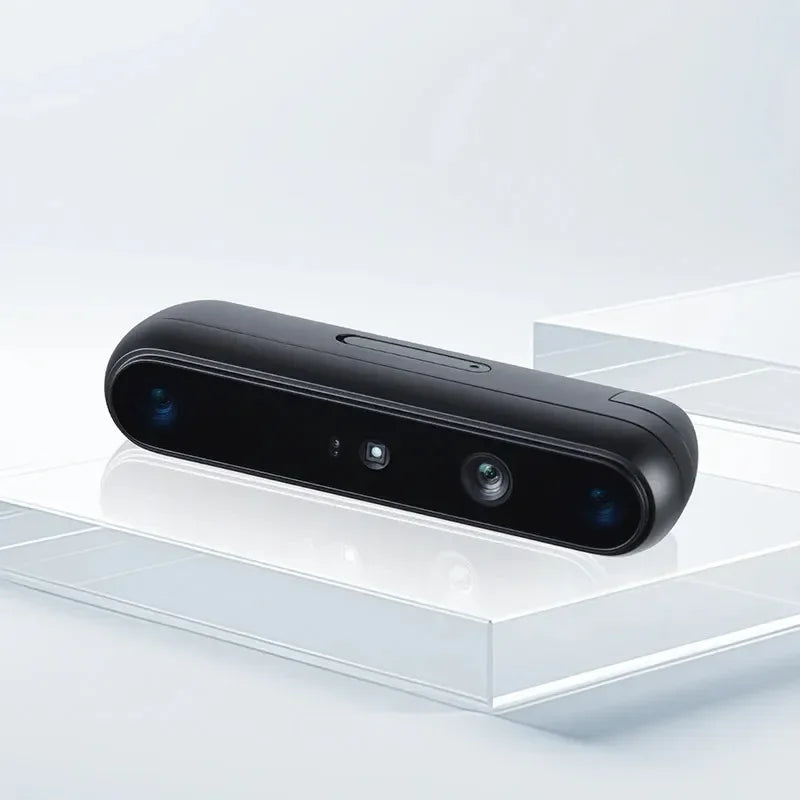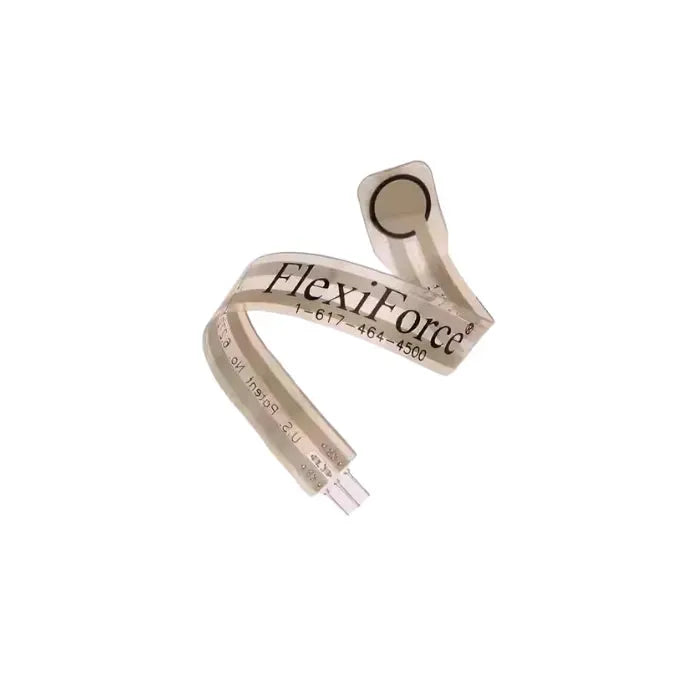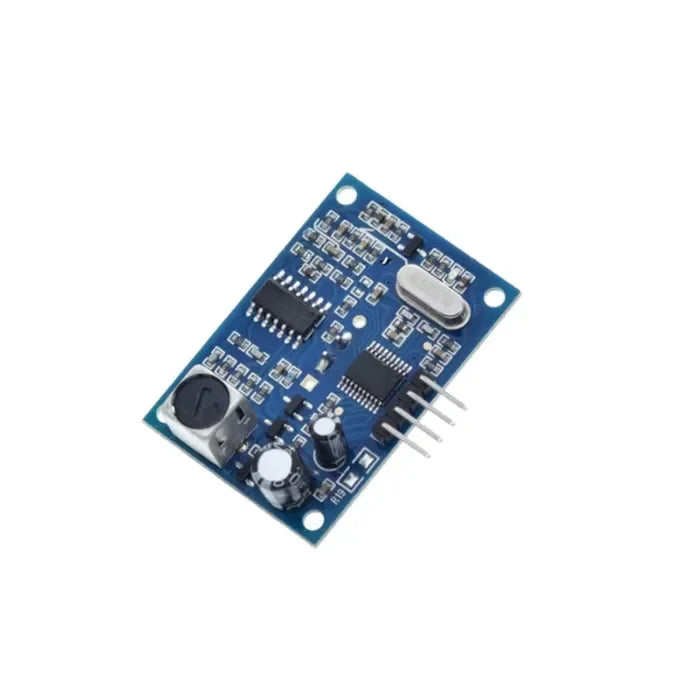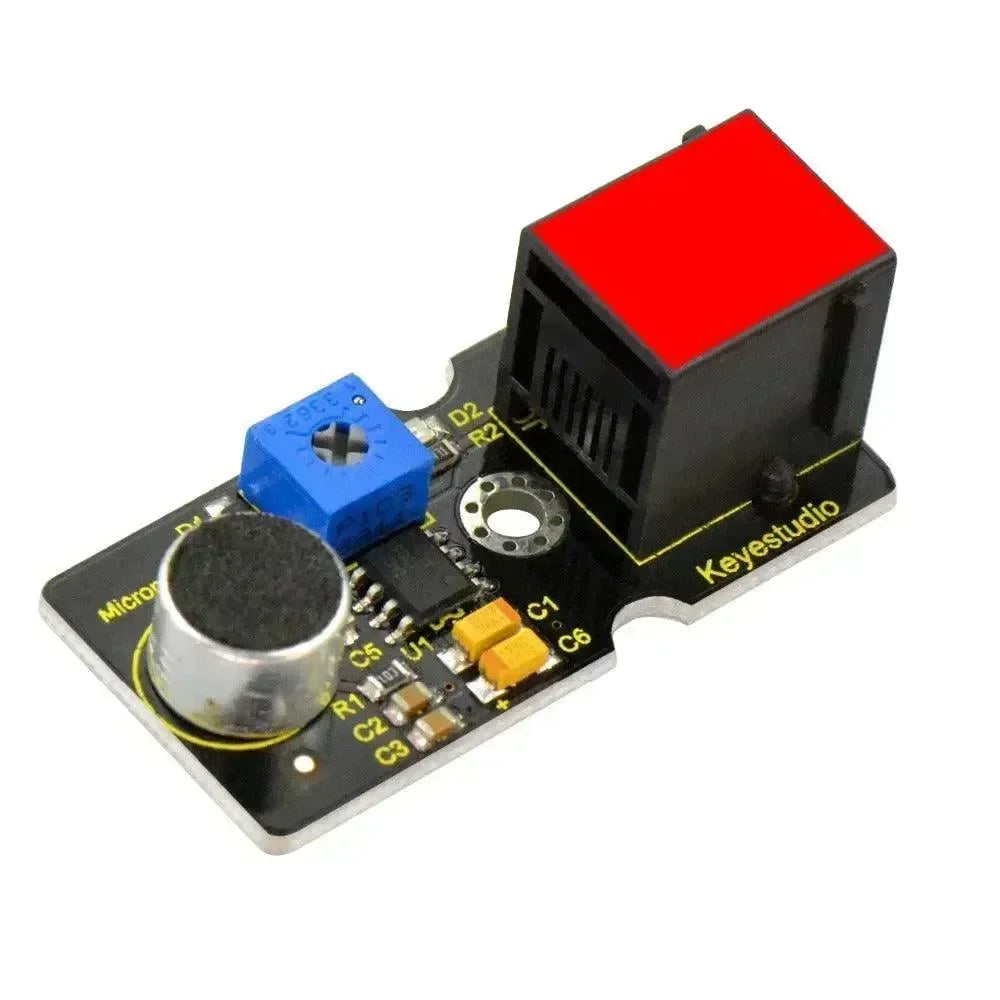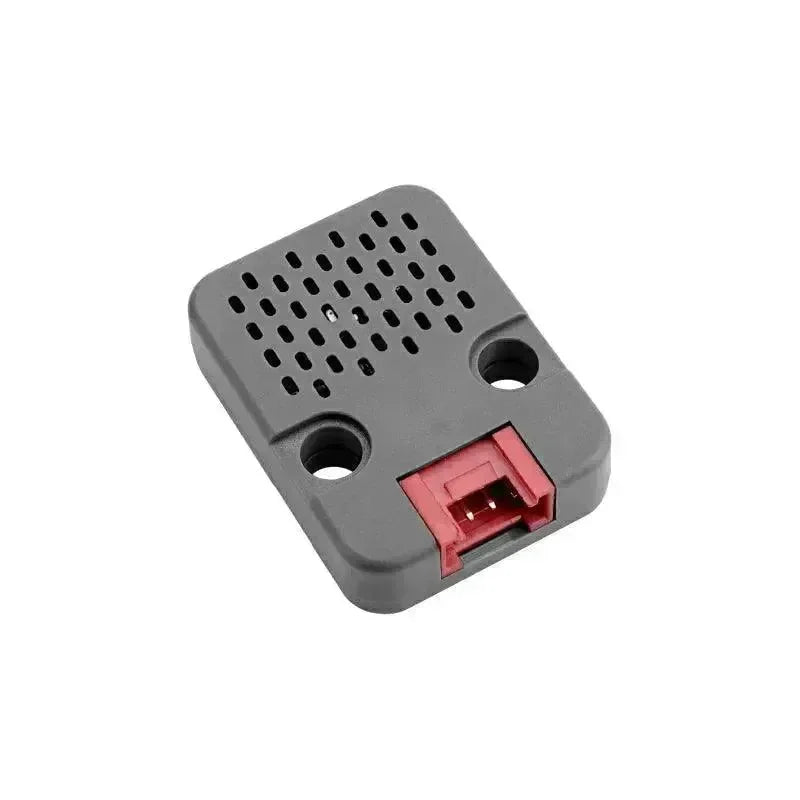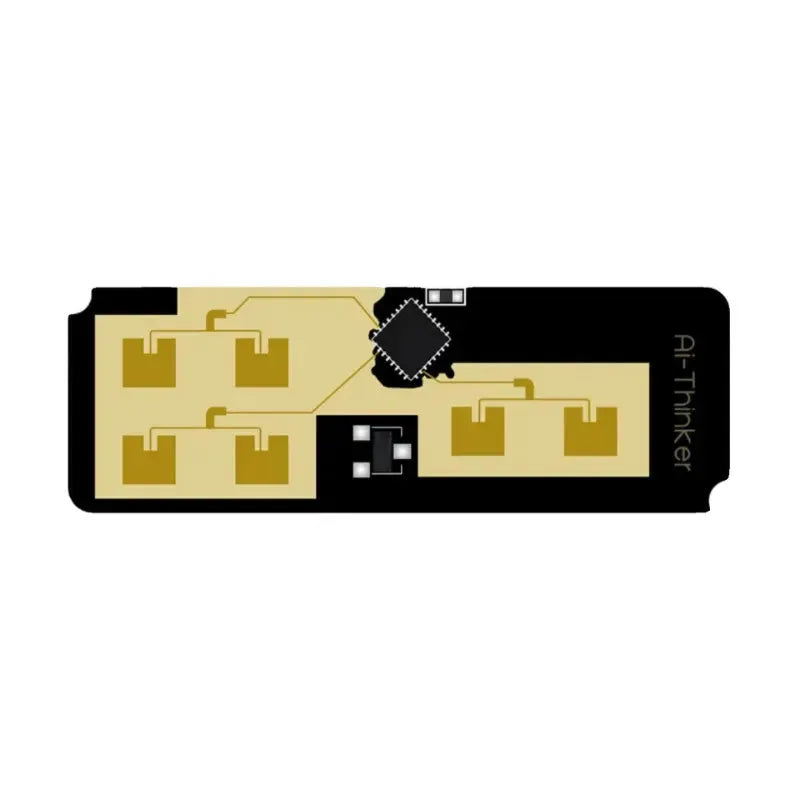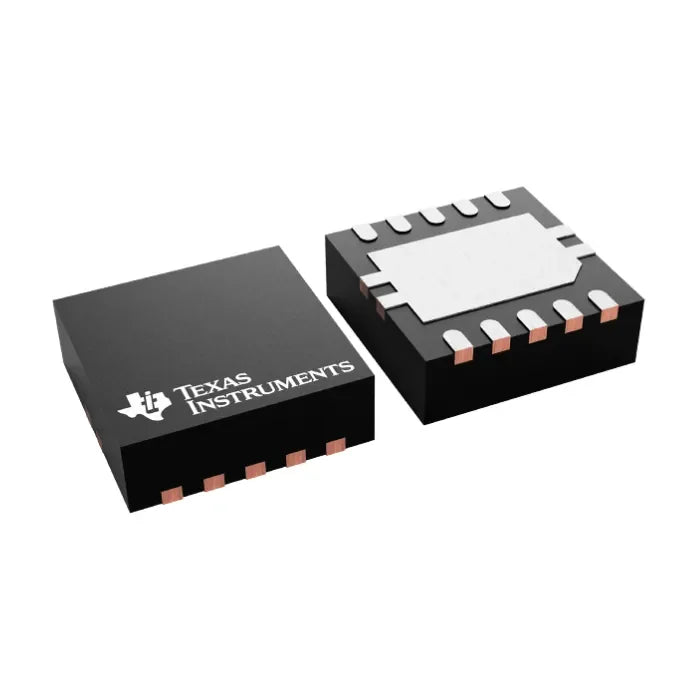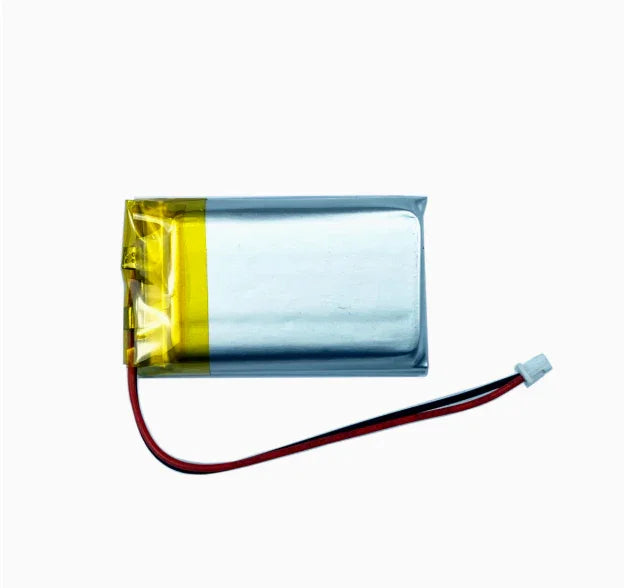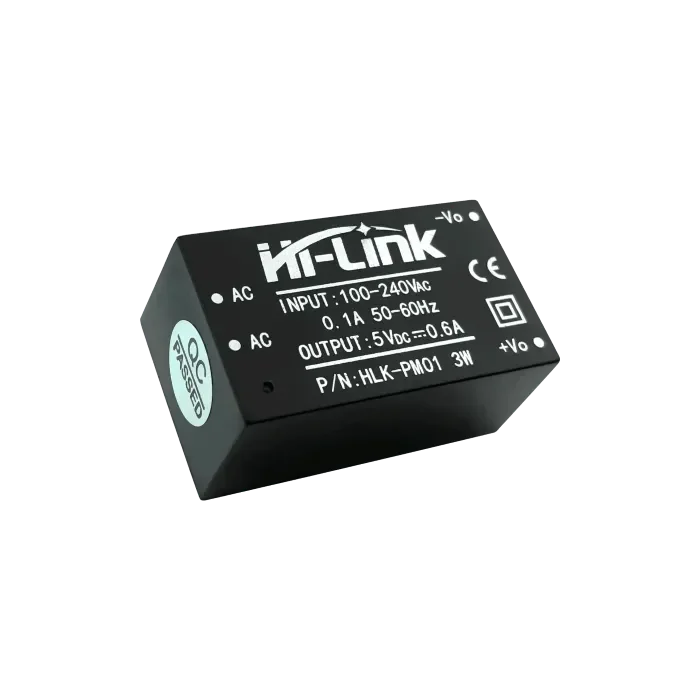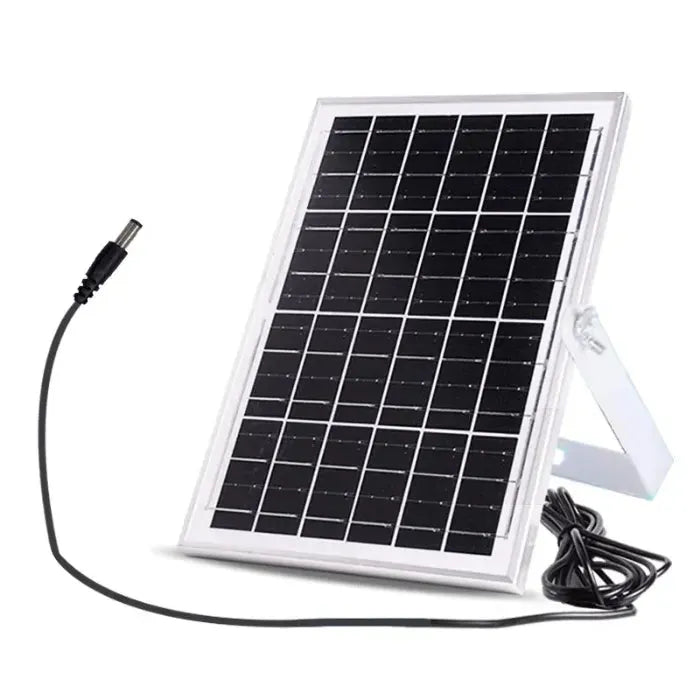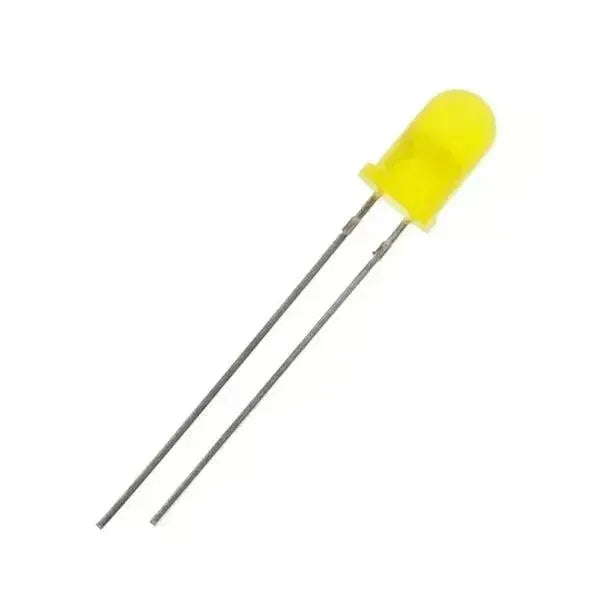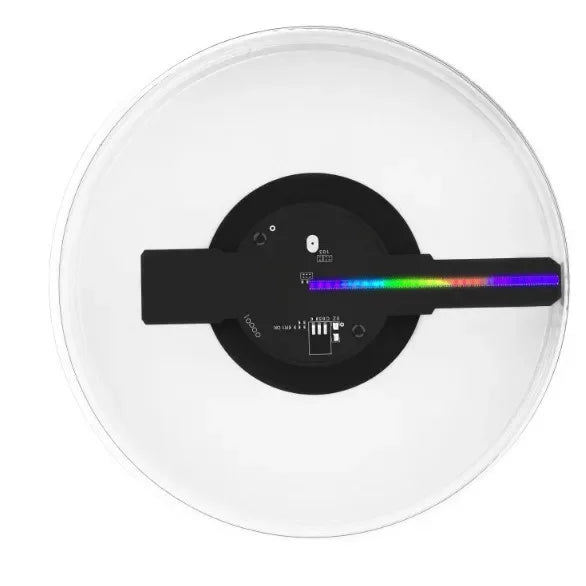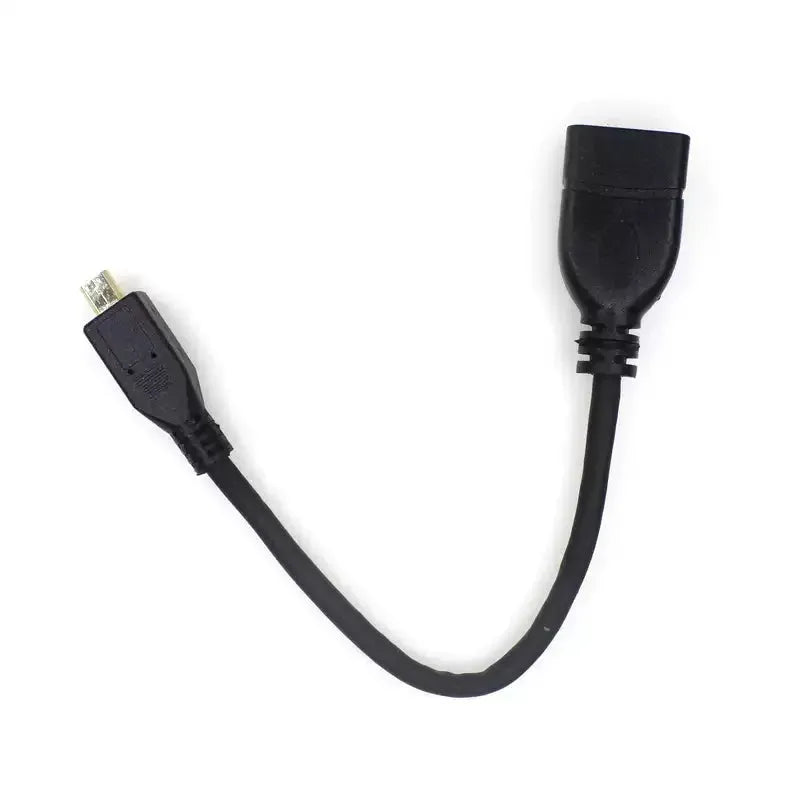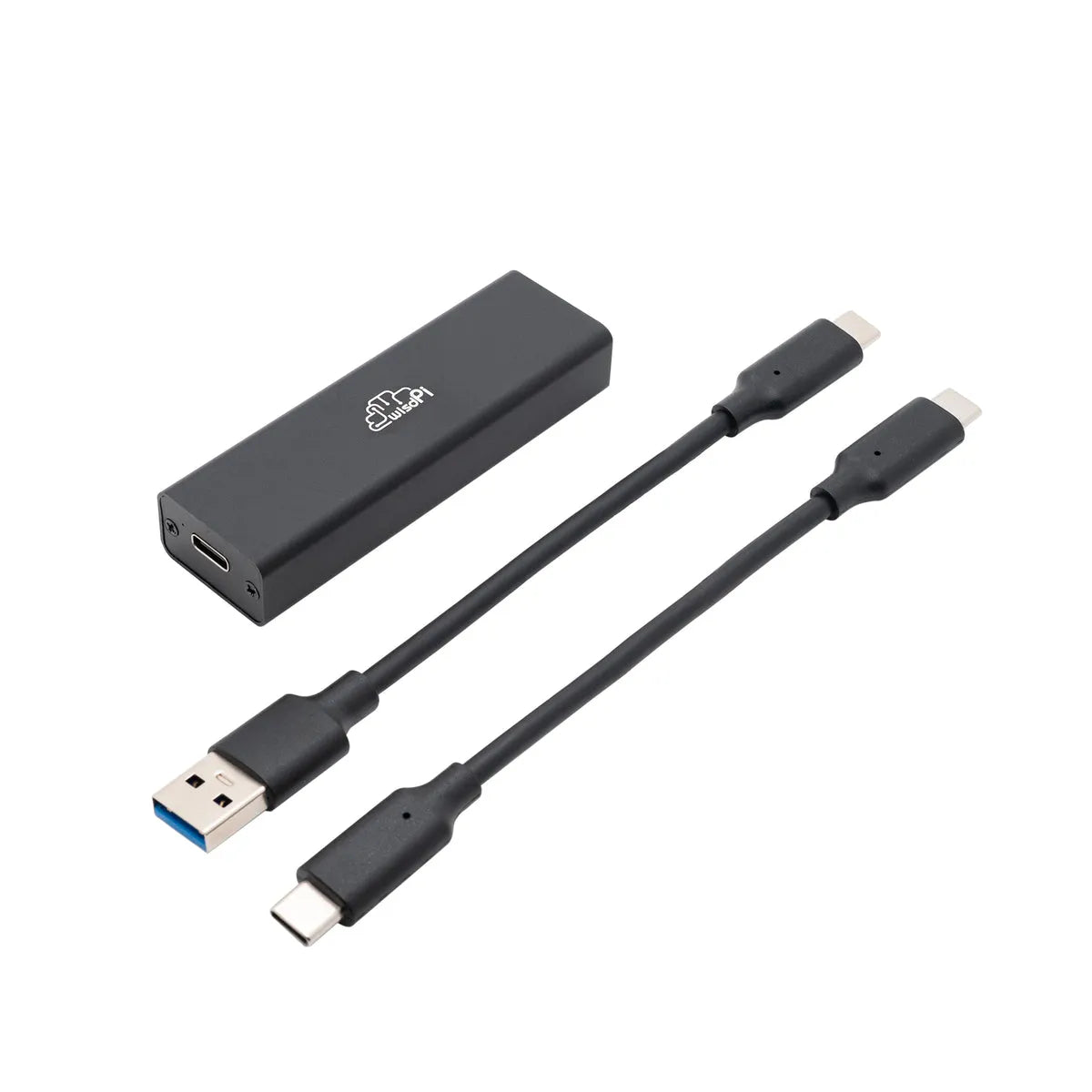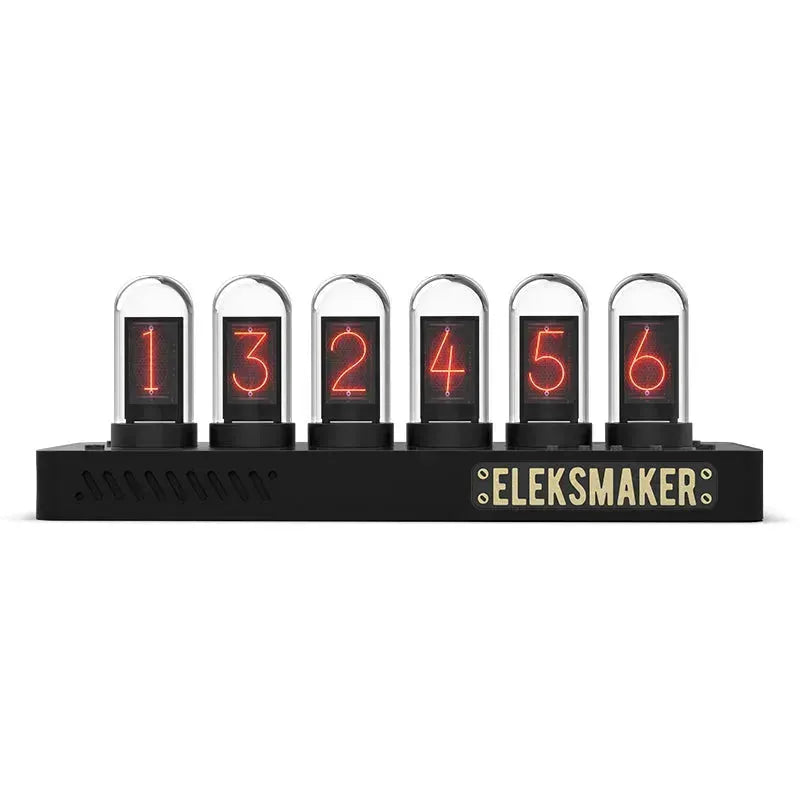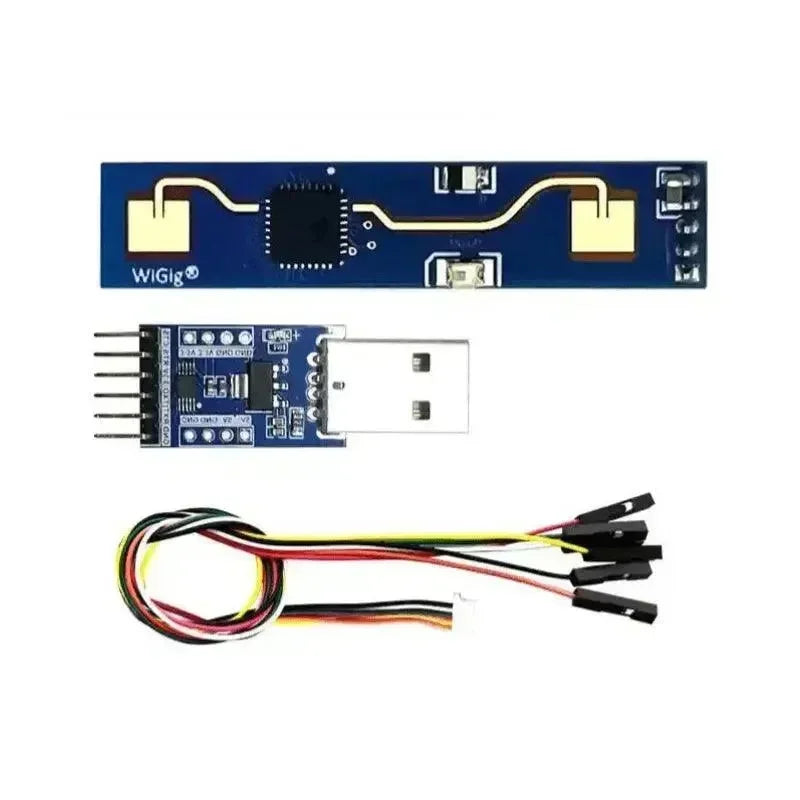Was ist HLK-LD2410B?
Der HLK-LD2410B ist ein 24 GHz Millimeterwellen-Radarsensor-Modul, das speziell für die Erkennung von menschlicher Präsenz und Bewegung entwickelt wurde. Es nutzt Frequenzmodulierte Dauerwelle (FMCW) Radartechnologie, die eine präzise Identifizierung sowohl stationärer als auch sich bewegender menschlicher Körper ermöglicht. Bemerkenswert ist, dass dieses Modul in der Lage ist, Mikrobewegungen zu erkennen, wie zum Beispiel eine Person, die sitzt oder liegt, eine Funktionalität, die traditionellen Sensoren, einschließlich Infrarot- und Ultraschallgeräten, typischerweise fehlt.
Dieser Sensor ist für den Einsatz in Innenräumen konzipiert und kann die menschliche Präsenz in einem Bereich von bis zu 5 Metern erkennen. Mit kompakten Abmessungen von 7mm x 35mm ist er für die Integration in verschiedene Geräte und Anwendungen geeignet. Das Modul unterstützt sowohl Bluetooth- als auch UART-Kommunikationsprotokolle, sodass Benutzer den Sensor über mobile Anwendungen oder Personal Computer konfigurieren und anpassen können.
Hauptmerkmale des HLK-LD2410B:
-
Erkennungsbereich: Das Modul kann die menschliche Präsenz in Entfernungen von bis zu 5 Metern erkennen, mit einer Auflösung von 0,75 Metern, was eine hohe Präzision gewährleistet.
-
Weitwinkel-Erkennung: Der Sensor deckt einen ±60° Erfassungswinkel ab, wodurch er ein großes Gebiet überwachen kann.
-
Micro-Motion Detection: Neben der Erkennung von sich bewegenden menschlichen Körpern kann das Modul statische und Mikrobewegungen erkennen, wie z.B. Sitzen oder Liegen.
-
Verstellbare Empfindlichkeit: Benutzer können die Empfindlichkeit anpassen, um die Erkennungsparameter basierend auf spezifischen Bedürfnissen fein abzustimmen.
-
Bluetooth- und UART-Kommunikation: Der Sensor unterstützt Bluetooth- und UART-Schnittstellen, die eine flexible Konfiguration über mobile Apps oder direkte Geräteintegration ermöglichen.
-
Starke Umwelt Anpassungsfähigkeit: Der Sensor funktioniert effektiv unter verschiedenen Umweltbedingungen und wird nicht von Faktoren wie Temperatur, Luftfeuchtigkeit und Licht beeinflusst.
-
Kompaktes Design: Das Modul ist sehr klein (7mm x 35mm), was die Integration in verschiedene Geräte wie Smart-Home-Systeme oder Sicherheitsgeräte erleichtert.
Produktvorteile:
Das LD2410B Modul zur Erkennung menschlicher Präsenz verwendet 24GHz Millimeterwellenradartechnologie und bietet im Vergleich zu anderen Lösungen erhebliche Vorteile bei Anwendungen zur menschlichen Erkennung:
-
Erhöhte Empfindlichkeit: Neben seiner Fähigkeit, sich bewegende menschliche Körper zu erkennen, ist das System auch in der Lage, statische Objekte, Mikrobewegungen und Personen, die sitzen oder liegen, zu identifizieren – Eigenschaften, die traditionelle Lösungen typischerweise nicht erkennen.
-
Ausgezeichnete Umwelt Anpassungsfähigkeit: Im Gegensatz zu Infrarot- oder Ultraschallsensoren bleibt der LD2410B von Umweltvariablen wie Temperatur, Helligkeit, Feuchtigkeit und Lichtschwankungen unbeeinflusst. Dieses Merkmal gewährleistet eine stabile Leistung unter verschiedenen Bedingungen.
-
Gute Gehäusedurchdringung: Der Sensor kann in einem schützenden Gehäuse verborgen werden, ohne seine Funktionalität zu beeinträchtigen. Dieser Designansatz beseitigt die Notwendigkeit von Oberflächenperforationen am Produkt, wodurch die ästhetische Anziehungskraft erhöht und das Risiko von elektromagnetischen Störungen oder strukturellen Komplikationen verringert wird.
-
Flexible Konfiguration des Erkennungsbereichs und der Empfindlichkeit: Benutzer haben die Möglichkeit, den maximalen Erkennungsbereich und die Empfindlichkeit für jedes Distanztor mit einem hohen Maß an Flexibilität zu konfigurieren, was ein maßgeschneidertes und personalisiertes Erlebnis ermöglicht.
-
Bluetooth-Funktionalität: Das Modul ist mit Bluetooth-Funktionalität ausgestattet, die es den Benutzern ermöglicht, Radarparameter direkt über eine Anwendung zu konfigurieren, wodurch die Notwendigkeit einer seriellen Schnittstelle entfällt. Dieser Fortschritt vereinfacht den Einrichtungsprozess erheblich.

Wie man HLK-LD2410B verwendet:
Um den HLK-LD2410B-Sensor effektiv zu nutzen, befolgen Sie diese Schritte:
-
Anschließen des Sensors:
-
Das Modul hat 5 Pins, mit den folgenden Funktionen:
| Stift | Symbol | Name | Funktion |
| 1 | AUS | Zielstatusausgabe | Hoch, wenn menschliche Präsenz vorhanden ist detektiert, niedrig wenn kein Mensch ist erkannt |
| 2 | UART_Tx | UART Tx | Serieller Übertragungs-Pin |
| 3 | UART_Rx | UART-Empfänger | Serielle Empfangs-Pin |
| 4 | GND | Boden | Erdungsanschluss |
| 5 | VCC | Leistungsaufnahme | 5V Stromeingang |
Stellen Sie sicher, dass die Stromversorgung mindestens 200mA Strom liefert, um einen stabilen Betrieb zu gewährleisten.
-
Installation:
-
Das Modul kann entweder an der Decke oder an der Wand installiert werden, je nach gewünschtem Abdeckungsbereich.
-
Stellen Sie sicher, dass die Radarantenne auf den zu überwachenden Bereich ausgerichtet ist und dass der umgebende Raum frei von Hindernissen ist. Die Installationsumgebung sollte Störfaktoren vermeiden, wie z.B. Tiere oder große Objekte, die sich kontinuierlich bewegen.




-
Aufbau:
Bluetooth verwenden:
Der Sensor unterstützt Bluetooth-Funktionalität, die es Benutzern ermöglicht, das Radar über eine mobile App zu konfigurieren. Sie können die unterstützte App im App Store herunterladen (verfügbar für Android und iOS).
-
Nach der Installation öffnen Sie die App und verbinden Sie sich mit dem Sensor.
-
Sie können den Erfassungsbereich, die Empfindlichkeit und die Erfassungsverzögerung über die Benutzeroberfläche der App anpassen.
UART-Kommunikation verwenden:
Alternativ können Sie den Sensor mit einem PC verbinden und das Konfigurationstool verwenden, um die Einstellungen anzupassen.
-
Das Modul kommuniziert über UART mit einer Standard-Baudrate von 256000.
-
Das Konfigurationstool ermöglicht es den Benutzern, die maximale Erkennungsdistanz einzustellen, die Empfindlichkeit anzupassen und die unbemannten Verzögerungszeit zu konfigurieren.
-
Konfigurationsparameter:
Benutzer können die Konfigurationsparameter des Moduls über den seriellen Anschluss an unterschiedliche Anwendungsbedürfnisse anpassen. Die Konfigurationseinstellungen bleiben auch bei ausgeschaltetem Strom erhalten. Konfigurierbare Parameter umfassen:
-
Maximale Erkennungsdistanz: Legen Sie die maximale erkennbare Distanz fest, in der nur menschliche Ziele innerhalb dieses Bereichs erkannt und gemeldet werden.
-
Empfindlichkeit: Der Energiewert des erkannten Ziels (von 0 bis 100) muss den Empfindlichkeitsschwellenwert überschreiten, damit das Ziel erkannt wird. Die Empfindlichkeit jedes Distanzbereichs kann unabhängig angepasst werden.
-
Unbemannte Dauer: Wenn das Radar von der Erkennung "Mensch" zu "kein Mensch" wechselt, wird es für eine Dauer "Mensch" melden. Wenn das Radar innerhalb dieses Zeitrahmens keinen Menschen erkennt, wird es "kein Mensch" melden.
-
Visualisierungskonfigurationstool:
Ein PC-basiertes Konfigurationstool wurde entwickelt, um die Effizienz von Test- und Konfigurationsprozessen zu verbessern. Diese Software kommuniziert mit dem seriellen Anschluss des Moduls, um das Lesen und die Konfiguration von Parametern zu erleichtern. Darüber hinaus bietet sie eine Echtzeitanzeige der Erkennungsergebnisse, wodurch die Benutzerinteraktion mit dem System verbessert wird.
Wie man das Konfigurationstool verwendet:
-
Verbinden Sie den seriellen Anschluss des Moduls mit einem USB-zu-Seriell-Werkzeug.
-
Wählen Sie die entsprechende COM-Port-Nummer im Konfigurationstool aus, setzen Sie die Baudrate auf 256000, wählen Sie Ingenieurmodus, und klicken Sie auf Gerät verbinden.
-
Sobald Sie verbunden sind, klicken Sie auf Start, um die Erkennungsergebnisse und Daten auf der grafischen Benutzeroberfläche anzuzeigen.
-
Nach dem Verbinden können Sie die Parameter lesen oder einstellen, indem Sie auf stop. klicken.
Hinweis: Parameter können nicht gelesen oder konfiguriert werden, während die Starttaste gedrückt ist. Sie müssen den Prozess stoppen, bevor Sie die Konfigurationen anpassen.
-
Installationsbedingungen:
Bestätigen Sie die Mindestinstallation Spielraum:
-
"Wenn das Radar in einem Gehäuse installiert werden soll, muss das Gehäuse gute wellenübertragende Eigenschaften bei 24GHz aufweisen und darf keine metallischen Materialien oder Materialien enthalten, die elektromagnetische Wellen abschirmen."
Installation Umfeld Anforderungen:
Das Produkt muss in einer geeigneten Umgebung installiert werden. Wenn es unter den folgenden Bedingungen verwendet wird, kann die Erkennungsleistung beeinträchtigt werden:
-
Kontinuierliche Bewegung von nicht-menschlichen Objekten im Erfassungsbereich, wie Tiere, ständig schwingende Vorhänge oder große Pflanzen in der Nähe von Luftauslässen.
-
Große Bereiche starker Reflektoren im Erfassungsbereich können mit der Radarantenne interferieren.
-
Bei wandmontierten Geräten sollten externe Störungen durch Klimaanlagen, elektrische Ventilatoren usw. berücksichtigt werden.
Überlegungen zur Installation:
-
Stellen Sie sicher, dass die Radarantenne in die zu erfassende Richtung zeigt, und dass die Umgebung der Antenne offen und ungehindert ist.
-
Stellen Sie sicher, dass die Installationsposition des Sensors sicher und stabil ist, da die eigene Bewegung des Radars die Erkennungsleistung beeinträchtigen kann.
-
Stellen Sie sicher, dass sich keine Objekte hinter dem Radar bewegen oder vibrieren. Radarwellen haben Durchdringungseigenschaften, und der Rückloben der Antenne kann Objekte erkennen, die sich hinter dem Radar bewegen. Sie können eine Metallschutzplatte oder eine Metallrückplatte verwenden, um den Rückloben des Radars zu blockieren und die Auswirkungen von Objekten hinter dem Radar zu reduzieren.
-
Die theoretische Distanzgenauigkeit des Radars ergibt sich aus einer physikalischen Auflösung von 0,75 Metern, die durch einen speziellen Algorithmus verarbeitet wird. Aufgrund von Unterschieden in der Größe, dem Zustand und RCS des Ziels wird die Genauigkeit der Zielentfernung schwanken, und der maximale Erfassungsbereich kann ebenfalls leicht variieren.
-
Anwendungsszenarien:
Das HLK-LD2410B Modul ist für verschiedene Anwendungen geeignet, einschließlich:
-
Intelligente Lichtsteuerung: Automatisch erkennen, ob sich jemand im Raum befindet, und die Beleuchtung entsprechend steuern.
-
Sicherheitssysteme: Dienen zur Erkennung menschlicher Eindringlinge und zur Auslösung von Alarmen oder Sicherheitsgeräten.
-
Intelligente Geräte: Schalten Sie Geräte wie Klimaanlagen und Fernseher automatisch aus, wenn sich niemand im Raum befindet, um Energie zu sparen.
-
Gesundheit & Sicherheit: Überwachen Sie gefährliche Umgebungen, um zu verhindern, dass gefährliche Geräte (wie UV-Lampen) aktiviert werden, wenn sich Personen in der Nähe befinden.
-
Wartung und Fehlerbehebung:
-
Stellen Sie sicher, dass der Sensor frei von physischen Hindernissen ist.
-
Passen Sie die Empfindlichkeit an, wenn der Sensor entweder zu empfindlich ist (irrelevante Bewegungen erkennt) oder nicht empfindlich genug ist (die menschliche Präsenz nicht erkennt).
-
Stellen Sie sicher, dass die Bluetooth- oder UART-Kommunikationseinstellungen für die Konfiguration und Parameteranpassungen korrekt sind.
Empfohlene Artikel

